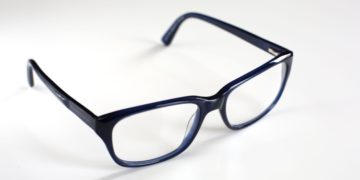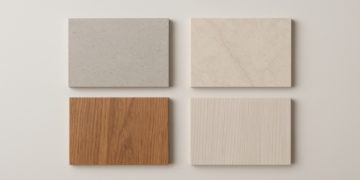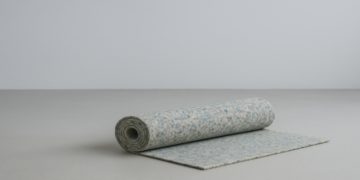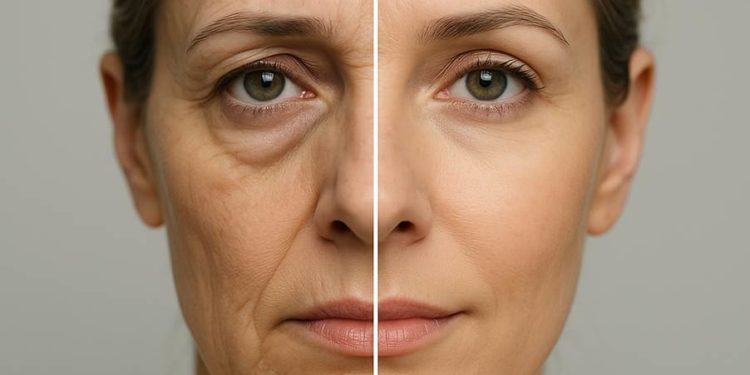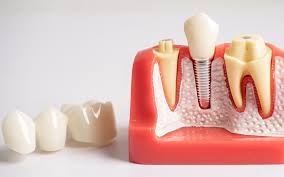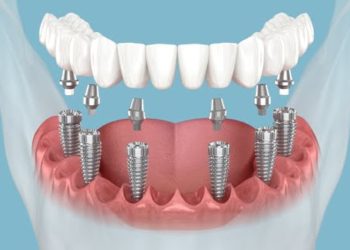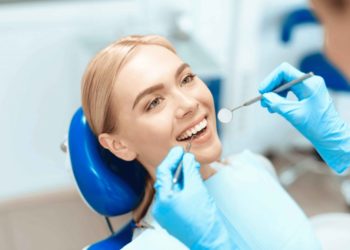As we age, a variety of changes occur in our facial structure. Among them, the area around the eyes is one of the first to show signs of aging due to the thin and delicate nature of the skin. One particularly concerning issue is tear trough deformity—a condition that goes beyond aesthetic concerns and significantly affects the overall impression of the face. A deepening tear trough creates a tired, fatigued appearance and is one of the primary reasons individuals may look older than their actual age. In this article, we will explore in detail why tear trough deformity occurs, how it influences facial impressions, and what can be done to improve it.
Definition and Characteristics of Tear Trough Deformity
The tear trough refers to the semicircular, hollow groove located between the lower eyelid and the upper cheek. Medically, it is referred to as “Tear Trough Deformity,” and it describes the sunken appearance in the infraorbital region. This area is named the tear trough because it resembles the natural path that tears follow down the face.
Tear trough deformity is distinct from the protrusion of orbital fat. While the latter describes bulging tissue beneath the lower eyelids, the tear trough specifically refers to the hollow area beneath that bulge. These two conditions often coexist and form a complex sign of aging in the periorbital area.
Causes of Tear Trough Deformity
Multiple factors contribute to the development of tear trough deformity, with the most prominent being anatomical changes associated with aging:
- Weakening of Supporting Ligaments
The orbicularis retaining ligament and zygomatic ligament are two critical ligaments around the eyes that provide support to the surrounding tissues. As these ligaments weaken with age, the orbital fat pad that was once anchored above begins to descend. - Tear Trough Ligament Anatomy
The tear trough ligament is a fibrous structure that extends from the orbital rim to the skin surface. This area lacks cushioning fat tissue and is composed of only three layers: bone, orbicularis oculi muscle, and skin. As a result, it is highly susceptible to the influence of ligamentous laxity, making it a direct cause of tear trough formation. - Changes in Fat Distribution
With aging, facial fat pads decrease in volume and shift in position. Loss of volume in the infraorbital fat exacerbates the appearance of the tear trough. Furthermore, fat loss in the mid-cheek region causes the cheeks to appear hollow, while the downward displacement of fat pads accelerates overall facial aging and deepens nasolabial folds. - Gravity
Gravity gradually pulls the globe and surrounding periorbital tissues downward over time. The orbital fat herniates under this pressure but is restricted from fully descending by the tear trough ligament, leading to accumulation in a specific area. This results in both bulging above and hollowing below the ligament, emphasizing the tear trough. - Loss of Skin Elasticity
Aging leads to a reduction in collagen and elastin in the skin, thereby diminishing skin elasticity. The periorbital region is particularly vulnerable due to its thinner skin, accelerating the prominence of the tear trough.
How Tear Trough Deformity Affects Facial Impressions
Tear trough deformity goes beyond cosmetic dissatisfaction—it has a strong psychological and social impact due to its influence on facial impression:
- Tired and Fatigued Look
A deep tear trough creates shadowing under the eyes, making individuals appear constantly tired or sleep-deprived. Even after adequate rest, people may still hear comments like, “You look exhausted,” due to this shadowing effect. - Aged Appearance
Tear trough deformity is a hallmark of facial aging. While it may begin forming subtly in the 20s or 30s, it becomes more defined in the 40s and deeply etched by the 50s, leading to an appearance older than one’s actual age. - Sad or Unwell Appearance
Hollowing in the under-eye region may make individuals appear melancholic or ill, impacting confidence and interpersonal relationships. - Dark Circles
As the tear trough deepens, shadows in the area intensify, mimicking the appearance of dark circles. In younger individuals, the tear trough is a major contributing factor to periorbital darkening. - Facial Asymmetry
Tear trough deformities are often asymmetrical due to the naturally asymmetrical structure of the human face. The presence of a tear trough can further accentuate this asymmetry.
Progression of Tear Trough Deformity
Tear trough deformity typically progresses with age:
- 20s–30s: Slight orbital fat protrusion and initial formation of the tear trough may begin. These changes are subtle and not always noticeable.
- 40s: Increased fat protrusion and deepening of the tear trough, often accompanied by more noticeable wrinkles and a tired appearance.
- 50s and beyond: The trough becomes severely deepened, darkened, and leads to a consistently fatigued, aged appearance.
Correlation with Other Aging Phenomena
Tear trough deformity rarely occurs in isolation and is often associated with other signs of aging:
- Protrusion of Lower Eyelid Fat Pads
When orbital fat protrudes, the boundary between the bulge and the hollow becomes more distinct, making the tear trough appear deeper. - Formation of Nasolabial Folds
Downward migration of midfacial fat leads to deep nasolabial folds, which, in combination with a tear trough, intensify the aging effect. - Loss of Skin Elasticity
As skin around the eyes loses elasticity, sagging becomes more pronounced, further defining the tear trough. The thin nature of this skin accelerates the process.
Treatment Options for Tear Trough Deformity
There are various treatment options available, depending on individual condition and aesthetic goals:
- Non-surgical Treatments
- Dermal Fillers: Hyaluronic acid fillers can be injected into the tear trough area to temporarily restore volume. The effects typically last between 6 months and one year.
- Autologous Fat Grafting: Fat harvested from another part of the body is injected into the tear trough to restore volume. It generally lasts longer than fillers, although absorption can be unpredictable.
- Skincare: Maintaining skin elasticity with appropriate eye creams containing retinol or peptides can support treatment outcomes.
- Surgical Treatments
- Transconjunctival Fat Repositioning: A small incision is made inside the lower eyelid conjunctiva to release the tear trough ligament and redistribute herniated orbital fat into the hollow area.
- Lower Blepharoplasty: This involves a skin incision beneath the lower lashes to remove or reposition fat and address ligament tethering. It may also include skin tightening if necessary.
Procedure Steps of Fat Repositioning for Tear Trough Correction
Fat repositioning via the transconjunctival approach is one of the most effective surgical methods for tear trough deformity:
- Individualized Treatment Planning
Assess the shape and volume of herniated fat and the depth of the tear trough to formulate a customized surgical approach. - Incision
A small incision is made on the inner conjunctival surface of the lower eyelid, leaving no visible external scar. - Fat Repositioning
Protruding orbital fat is redistributed evenly into the tear trough area, and the tear trough ligament is carefully released. - Final Adjustment
Once fat is redistributed and secured, the tear trough is filled, and in some cases, additional volume can be placed along the lower lid-cheek junction for enhancement.
Considerations When Addressing Tear Trough Deformity
- Individual Variation
Facial anatomy and degree of aging vary greatly between individuals. It is essential to consult a qualified specialist to determine the most appropriate treatment. - Possible Asymmetry
Due to inherent facial asymmetry, complete symmetry post-treatment may not be achievable. Patients should be counseled accordingly. - Comprehensive Approach
Tear trough correction is often most effective when combined with treatments targeting skin elasticity or midface volume loss. - Choosing the Right Specialist
The periorbital region is delicate and technically demanding. An experienced practitioner is crucial, especially for surgical interventions requiring ligament release and precise fat repositioning.
Expected Outcomes of Tear Trough Correction
- A Brighter, More Vibrant Appearance
Reducing shadows under the eyes results in a more radiant and lively look, enhancing overall facial impression. - Reduced Tired Look
Correction restores a refreshed appearance, eliminating the look of chronic fatigue. - Reduction in Dark Circles
By addressing the anatomical hollowing, the shadow that mimics dark circles is diminished. - Youthful, Natural Look
Tear trough correction contributes to a youthful, rejuvenated, and naturally refreshed facial aesthetic.
Lifestyle Habits to Prevent or Slow Tear Trough Deformity
- Sun Protection
Ultraviolet radiation accelerates skin aging. Daily sunscreen and wearing sunglasses help protect the periorbital area. - Hydration
Drinking at least 8 glasses of water daily helps maintain skin hydration and elasticity. - Healthy Diet
A diet rich in antioxidants—fruits and vegetables—supports skin health. Limiting sugar and fat intake also helps. - Adequate Sleep
Lack of sleep accelerates aging in the eye area. Ensure 7 to 8 hours of quality sleep daily. - Avoid Smoking
Smoking destroys collagen and elastin, accelerating aging. Quitting smoking significantly benefits skin longevity. - Proper Skincare
Use gentle, targeted eye creams and avoid harsh handling of the delicate under-eye skin.
Conclusion
Tear trough deformity is a natural part of aging, but it significantly affects facial impressions, often making individuals look tired or older than they are. Fortunately, various treatments—both surgical and non-surgical—are available to address it effectively.
More importantly, correcting tear trough deformity is not just about aesthetics; it can improve self-confidence and overall quality of life. With appropriate consultation and lifestyle changes, individuals can maintain a bright, youthful appearance for years to come.















